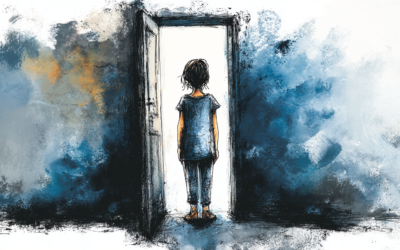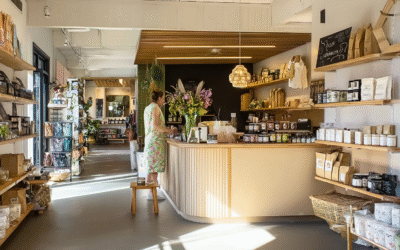 A recent study done by Sam K Hui (NYU), Eric T Bradlow & Peter S Fader (UPenn) indicated that whilst consumers are attracted to crowded stores and areas of stores, they are less likely to make a purchase once they arrive.
A recent study done by Sam K Hui (NYU), Eric T Bradlow & Peter S Fader (UPenn) indicated that whilst consumers are attracted to crowded stores and areas of stores, they are less likely to make a purchase once they arrive.
They also found that the more time people spend in a store the more they feel pressure and change their shopping strategies from exploration to focussing on preplanned purchases.
The study also confirmed a hypothesis popular amongst researchers of late, that after purchasing a “virtue” product (such as health food), people are more likely to purchase something from the “vice” category (like a chocolate).
The implications of these findings for retailers are numerous.
- The old adage of crowds beget crowds is true but its a careful balance to maintain sales. Crowds beget awareness of the product offering but that may not result in sales at that visit. If you don’t have frequent revisitation of the store/area then you need to be careful in any strategy which creates crowding.
- The aim of many retailers is to prolong the time spent instore. However if this eventually leads to a more focussed spend it may be more productive to position unplanned items earlier in the shopping process or at least mix them up a bit. It would also make sense under this scenario to dot likely pre-planned purchases (such as advertised or specialed items) through the store but highly visible for the customer when doing space scanning.
- As there is yet another confirmation of the virtue/vice flow-on effect it seems sensible to intermix – put that chocolate cafe next to the health food store, put a luxury offering near a deep discounting offer. Perhaps not next to but within eyeshot of one another so once people have the buzz of having saved money they have the excuse of splurging a little. Or after they feel good about having a salad they can treat themselves to a yummy chocolate.
More information: Sam K. Hui, Eric T. Bradlow, and Peter S. Fader. “Using an Integrated Model of Grocery Store Shopping Path and Purchase Behavior.” Journal of Consumer Research: October 2009.
Image : Ehavir/Flickr



